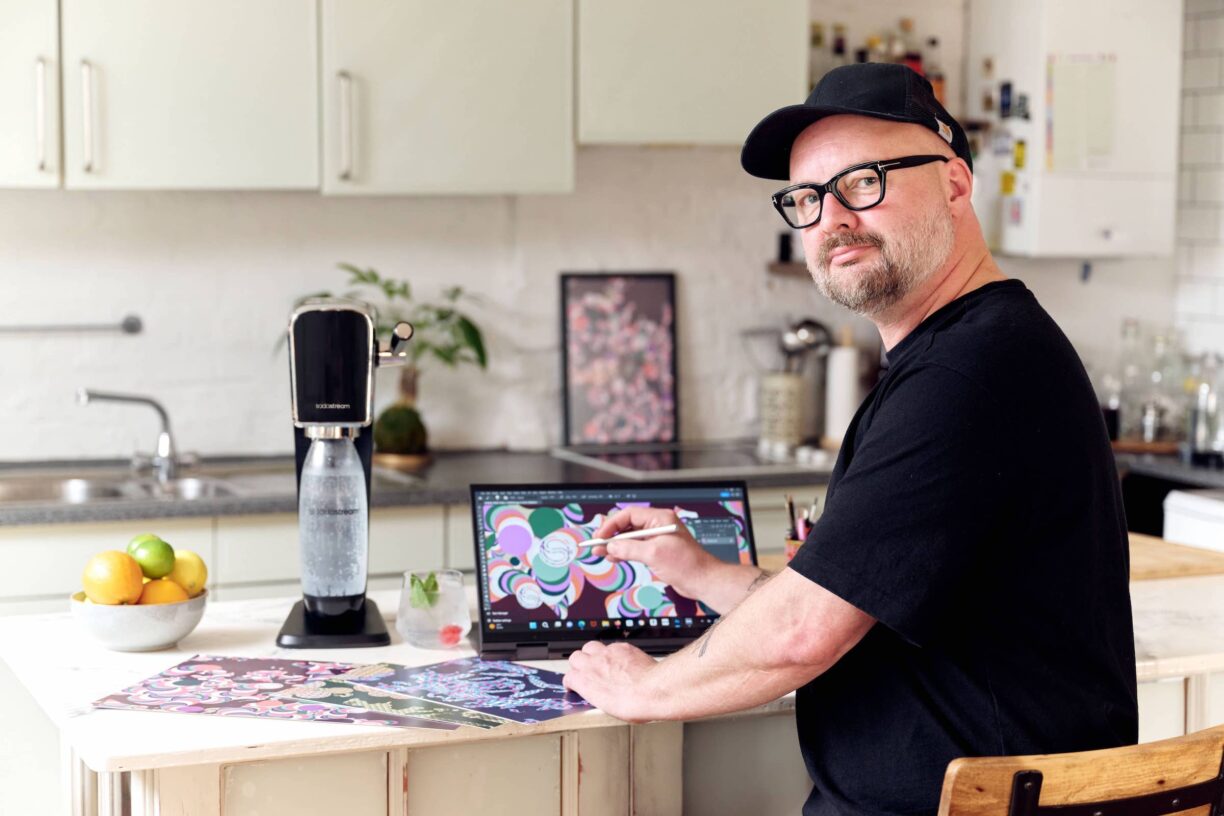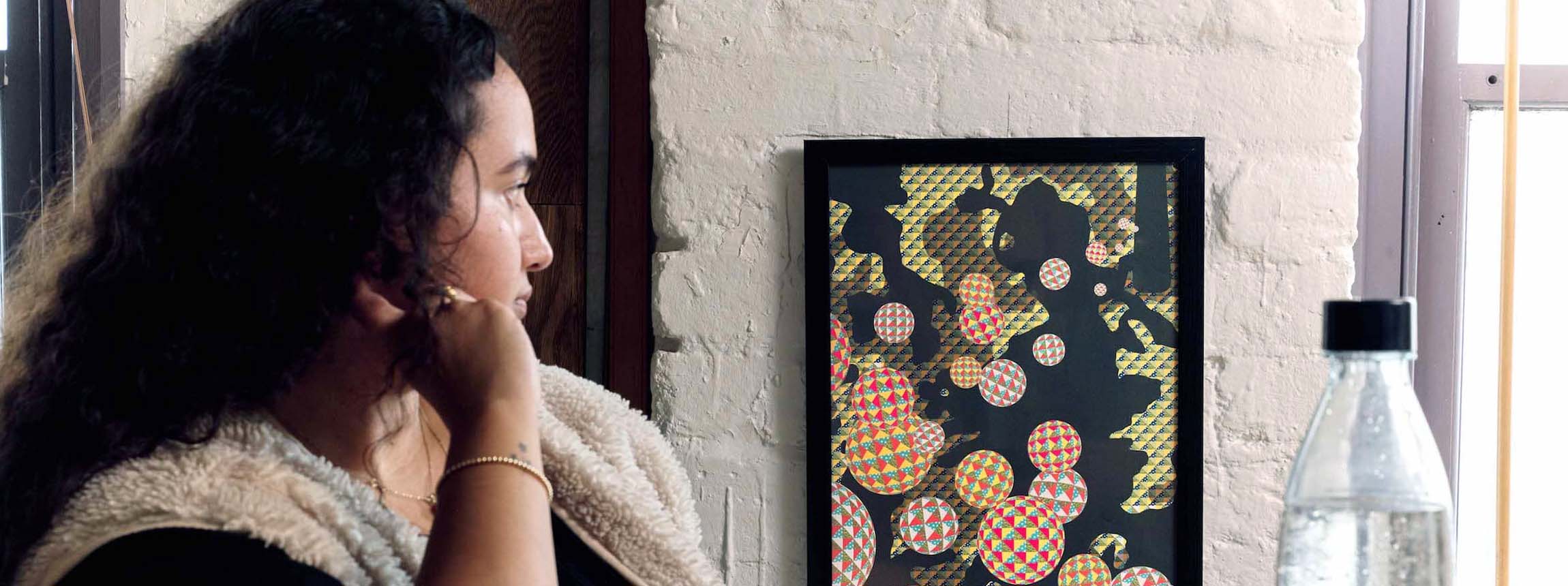Daydreaming is often seen as a sign of laziness or lack of focus at work, and new research released this week shows that the average office worker in the UK admits to daydreaming at work for 6 hours and 21 minutes per week – that’s nearly a whole working day.
Incredibly, this adds up to 3.4 million hours of work every week across the UK*, or over 1.7 billion hours per year. This equates to a cost of £461 million pounds worth of pay going to workers annually….to daydream**.

However, the research from SodaStream found that the investment may be worth it, as seven in ten people (69%) have had a great idea or some kind of breakthrough as a result of daydreaming, and over a quarter (27%) have managed to solve a problem, whether personal or work related.
For the 88% of all Brits that admit to daydreaming at work, this can have a positive effect on people’s wellbeing too, with a third (30%) saying they feel less stress or anxious after daydreaming, and a quarter (25%) feeling their creative juices flowing.
Leading neuroscientist Dr Jack Lewis, who is working with SodaStream to understand the role daydreaming plays in our day-to-day life, says that, “Daydreaming has gotten itself a bad rap in recent years, but it’s actually associated with greater productivity.
Daydreaming is good for us because it encourages divergent thinking, which opens our eyes up to more possibilities and expands our imagination. And a broader imagination is better able to understand the world around us and solve the problems that confront us each day.”
Where we work also plays a role in how much we daydream, with half of hybrid workers (48%) saying they are more likely to daydream when working from home.
The research found that the average full-time worker typically spends just 5 hours ‘working hard and fully concentrating’ each day, with nine in ten (90%) office workers finding it hard to concentrate when they are thirsty or dehydrated.
Many respondents were found to turn to caffeinated drinks to try and up this – with 18% of workers drinking four or more cups a day, whilst a third (36%) use energy drinks to help.
However with a SodaStream there are so many possibilities of delicious drinks that you can dream up, whether sparkling water with ice and a slice, with a dash of cordial or slice of your favourite fruit, to better help you hit your hydration goals.

Dr Jack Lewis says, “When the brain’s water levels are even slightly depleted there is a noticeable drop in the speed at which these trillions of electrical brain messages travel, which has a negative impact on all sorts of different cognitive capabilities; attention, memory and problem solving to name but a few.
But tap water can be boring for many so turning to sparkling water can be a great way to make hydration more exciting. When we get busy at work we forget to keep hydrated and forget to reflect, which is why taking the time to have a productive daydream is so important.”
To help people daydream productively, SodaStream has created a Daydreamers art collection with prints that can be hung in the office or at home to help stimulate day dreaming.
Created by graphic artist James Daw, with insights from Dr. Jack Lewis, the artworks make use of the magic eye effect, manipulating a repeating pattern to control the perceived depth and hide a three-dimensional image in a two-dimensional pattern.
The pieces also include fractal overlays which encourages the viewer to see patterns within random noise, helping to encourage divergent thinking and better daydreams.
The exclusive new art collection is available from tomorrow as part of SodaStream’s new ‘If You Can Dream It, You Can Stream It’ campaign, which inspires people to imagine new sparkling creations, showing how with SodaStream no dream is too big and the flavour possibilities are truly endless.
But hurry! The SodaStream Daydream art collection will only be available for a limited time only, while stocks last, and you can get yours for free when purchasing a SodaStream Art sparkling water maker at sodastream.co.uk.





